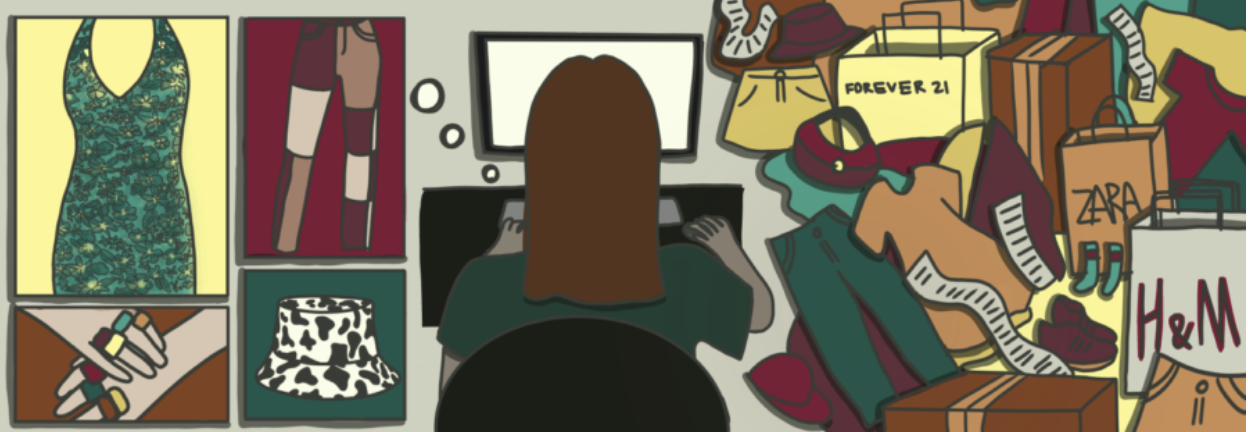The Dangers of Microtrends
By Bo Wang
What are microtrends? Microtrends are short-lived trends that gain a lot of influence in a short period. In our new social media-based world, trends come and go faster than ever before. Thanks to social media apps like TikTok and other digital platforms, microtrends have become a driving force in shaping personal style. Additionally, due to sites like Shein, fashion is now accessible at a low price. However, it’s crucial to recognize the often-unseen consequences they bring to the environment and the diminishing sense of individuality in personal style.
One of the most significant environmental impacts of microtrends is the worsening of the fast fashion industry. As microtrends encourage rapid changes in clothing styles, consumers feel pressured to keep up, leading to increased production and disposal of clothing items. Microtrends often are in the form of single-use products or items with a short lifespan. Whether it's a specific type of phone case, home decor item, or novelty accessory, these products contribute to a throwaway culture that results in more waste and environmental degradation. This often leads to overconsumption. As most fast fashion brands are not ethically sourced, the manufacturing processes associated with microtrends are typically not environmentally friendly.
Mass production to meet the sudden surge in demand often leads to increased energy consumption, resource depletion, and emissions of harmful pollutants.
This not only harms the environment but also contributes to climate change. A study by the University of Arizona finds that fast fashion is the second most environmentally harmful industry, contributing 10% of total carbon emissions and 20% of global wastewater. By overconsuming, consumers are contributing to the excessive resource consumption, pollution, and exploitative labor practices done by these companies.
Developing a personal style is, in essence, a journey of self-discovery. However, the fast-paced nature of microtrends can impede this process. Individuals may not have the opportunity to explore and understand their preferences fully, as the next fleeting trend sweeps them away. This lack of self-discovery can result in a superficial, trend-driven style that fails to capture the depth of one's personality.
Microtrends, by definition, are short-lived and often lack the staying power of broader, more enduring style movements.
As a result, individuals who chase microtrends may find themselves constantly changing their wardrobe, leading to a lack of consistency and coherence in their style. This nature undermines the development of a distinctive and lasting personal aesthetic. If everyone participates in microtrends, then this rush to conform can lead to a homogenization of style, as people start wearing the same clothes and accessories. The result is a sea of individuals dressed in nearly identical ensembles, diminishing the uniqueness that personal style should have.
While microtrends unquestionably inject excitement and dynamism into our fashion future, it is imperative to recognize the environmental repercussions and the influence on personal style. As consumers, it's important to keep a conscious and deliberate involvement with trends that take into account both personal style and the well-being of our planet.

